Bard PowerPort Lawsuit Filed Over Catheter Bloodstream Infection
Lawsuit alleges design defects increase the risk of Bard PowerPort problems, since the catheter tube is made of a material prone to cracking, which may lead to infections, thromboembolism and punctured blood vessels and organs.

- Bard PowerPort is implanted below the skin to provide a catheter port for delivery of medications
- Catheter tube is made of a flexible polyurethan polymer called Chronoflex
- Lawsuit alleges the tube is prone cracking, infections and other problems
- Although manufacturer knew about the risk of Bard PowerPoint problems, inadequate warnings were provided for users and the medical community
- FIND OUT IF YOU OR A LOVED ONE QUALIFY FOR A BARD POWERPOINT LAWSUIT
In one of the first of many Bard PowerPort lawsuits expected to be filed in the coming years, a New Jersey resident claims a defective polymer design used with the Bard PowerPort increases the risk of catheter bloodstream infections, dangerous blood clots and punctured blood vessels.
Mary Nelk brought the complaint (PDF) last week in the U.S. District Court for the District of New Jersey, indicating that she suffered severe injuries from a Bard PowerPort ClearVue Implantable Port, which was manufactured and sold by Becton Dickinson and Company, and it’s C.R. Bard and Bard Access Systems, Inc. subsidiaries.
The Bard PowerPort is a vascular access device, which is implanted below the skin to provide a catheter port that allows easy delivery of medications to a patient’s blood stream. It consists mainly of an injection port, where the needle is inserted to deliver medications; and a polyurethane catheter tube which carries the drug into the blood vessel.
Bard Port Catheter Lawsuit
Did you or a loved one receive a Bard Powerport?
Serious and life-threatening injuries have been linked to problems with Bard PowerPort. Lawsuits are now being pursued by individuals who suffered injuries from the implantable port catheter fracturing or migrating.


Bard Port Catheter Lawsuit
Did you or a loved one receive a Bard Powerport?
Serious and life-threatening injuries have been linked to problems with Bard PowerPort. Lawsuits are now being pursued by individuals who suffered injuries from the implantable port catheter fracturing or migrating.
According to the Bard PowerPort lawsuit, Nelk received the device in her right internal jugular vein in February 2021, so she could receive nutrient treatments related to her Crohn’s disease. Just days later, she had to go to the hospital after developing arm pain, hematoma and a high fever. She was diagnosed with a bloodstream infection, and doctors also discovered the Bard Powerport was no longer functioning.
As a result of the Bard PowerPort problems, Nelk indicates she has required multiple hospital admissions for infections, and has been left with severe and permanent injuries.
Bard PowerPort Catheter Problems
Becton Dickinson and its Bard units have known for years that there were problems with the Bard PowerPort’s catheter tubes, according to the lawsuit, which indicates that the tubes are prone to fissuring and cracking, which can lead to infections, punctured blood vessels and thromboembolism.
The catheter tube is a flexible polyurethane polymer called Chronoflex, which is a mixture of polyurethane and barium sulfate.
Nelk indicates in the lawsuit that barium sulfate is known to cause polyurethane’s mechanical integrity to break down, resulting in microfractures, degradation, fissuring and cracking. The lawsuit indicates problems in the manufacturing process for Chronoflex led to high concentrations of barium sulfate, accelerating the problem.
Although the manufacturers knew or should have known this was a problem for years, Nelk indicates no warnings or information was provided to patients or the medical community.
“Soon after the PowerPort was introduced to the market, which was years before Plaintiff was implanted with her device, Defendants began receiving large numbers of adverse event reports (AERs) from health care providers reporting that the PowerPort was precipitating thromboembolism post-implantation,” the lawsuit states. “Defendants also received large numbers of AERs reporting that PowerPort was found to have perforated internal vasculature.”
Injuries reported have included:
- Hemorrhage
- Cardiac/pericardial tamponade
- Cardiac arrhythmia
- Severe and persistent pain
- Perforations of tissues, vessels and organs
- Patient death
“Rather than alter the design of the PowerPort to make it safer or adequately warn physicians of the dangers associated with the PowerPort, Defendants continued to actively and aggressively market the PowerPort as safe, despite their knowledge of numerous reports of thromboembolism and other serious injuries,” Nelk’s lawsuit states.
The Bard PowerPort lawsuit presents claims of negligence, failure to warn, manufacturing defect, design defect, breach of warranty, fraudulent concealment, as well as violations of the Missouri Merchandising Practices Act and the New Jersey Consumer Fraud Act. Nelk seeks both compensatory and punitive damages.

Did You Experience Bard PowerPort Problems?
Lawyers provide free consultations and claim evaluations to help determine if financial compensation may be available through a Bard PowerPort lawsuit settlement.
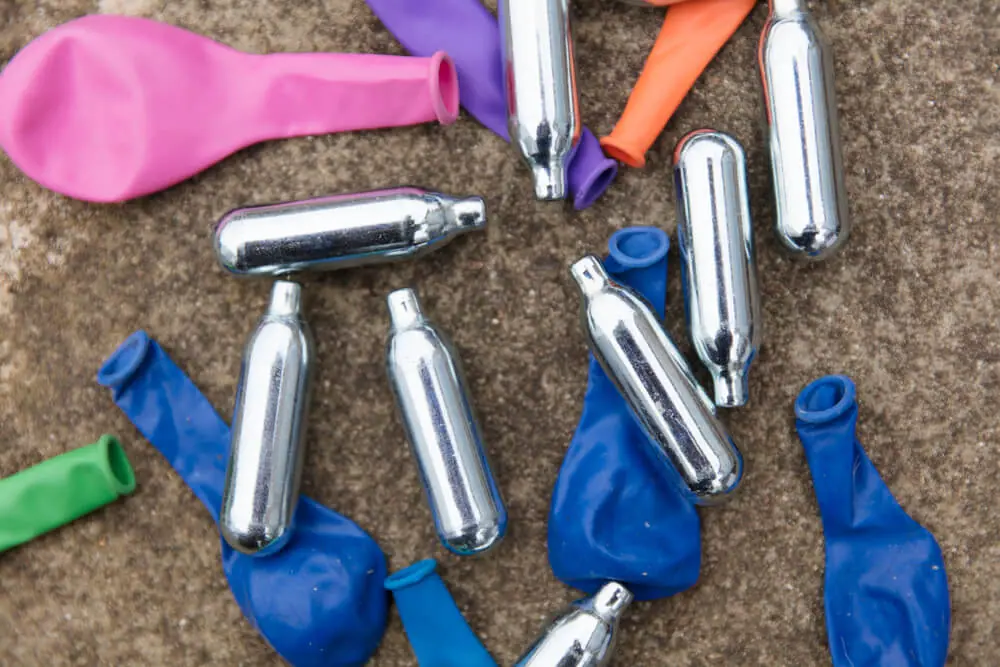
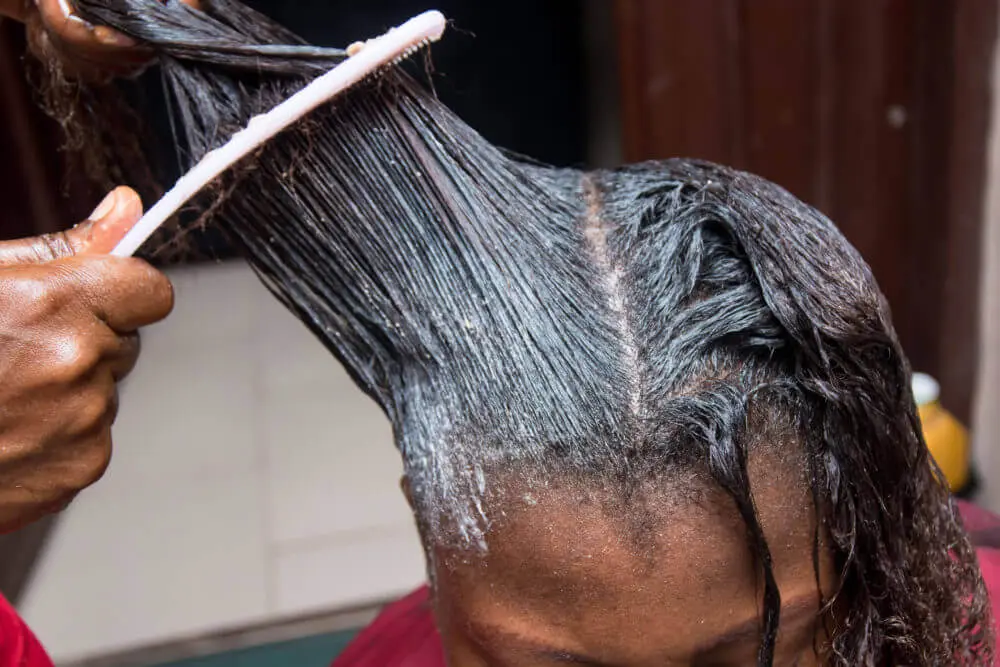
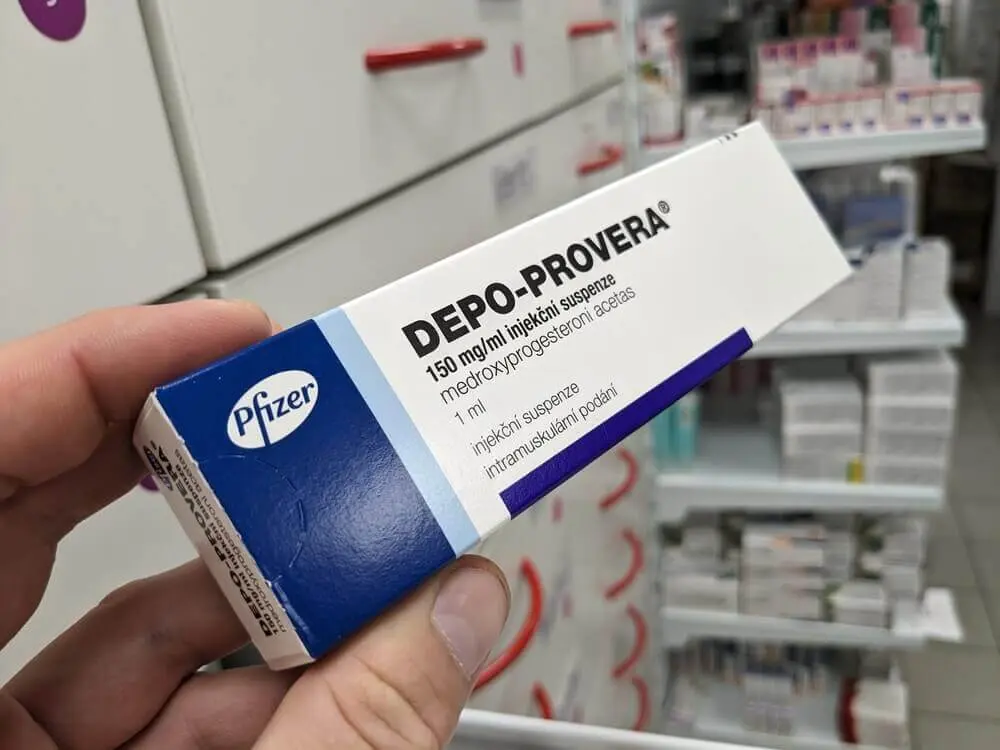
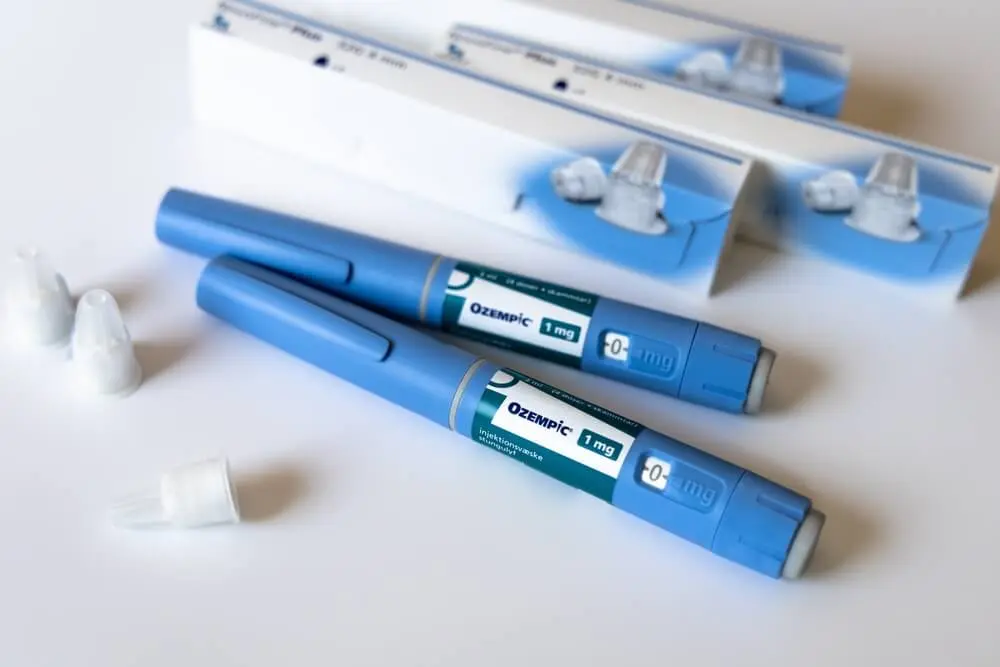
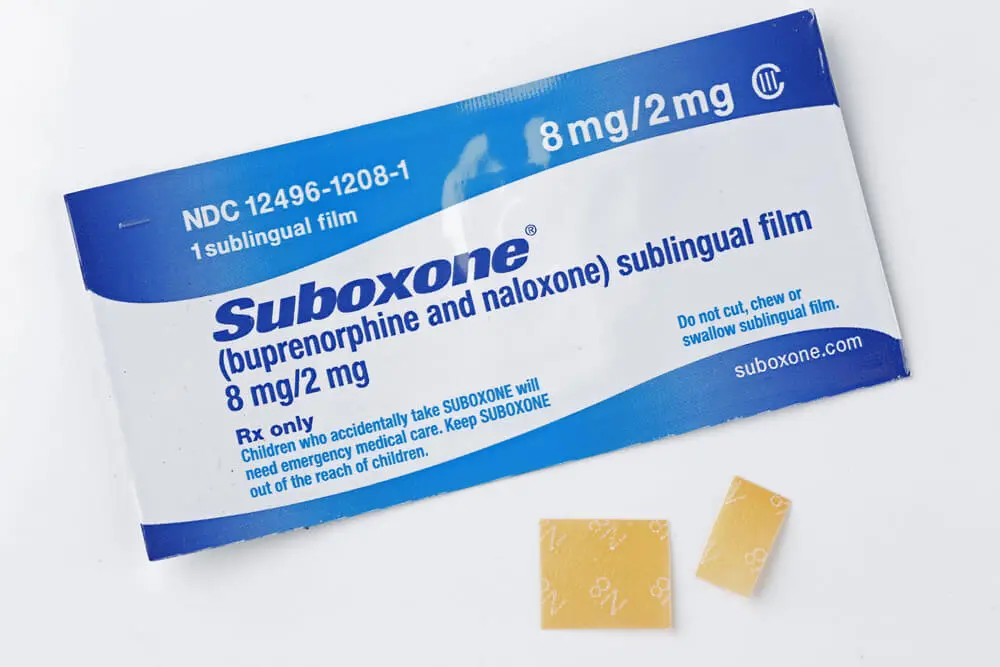

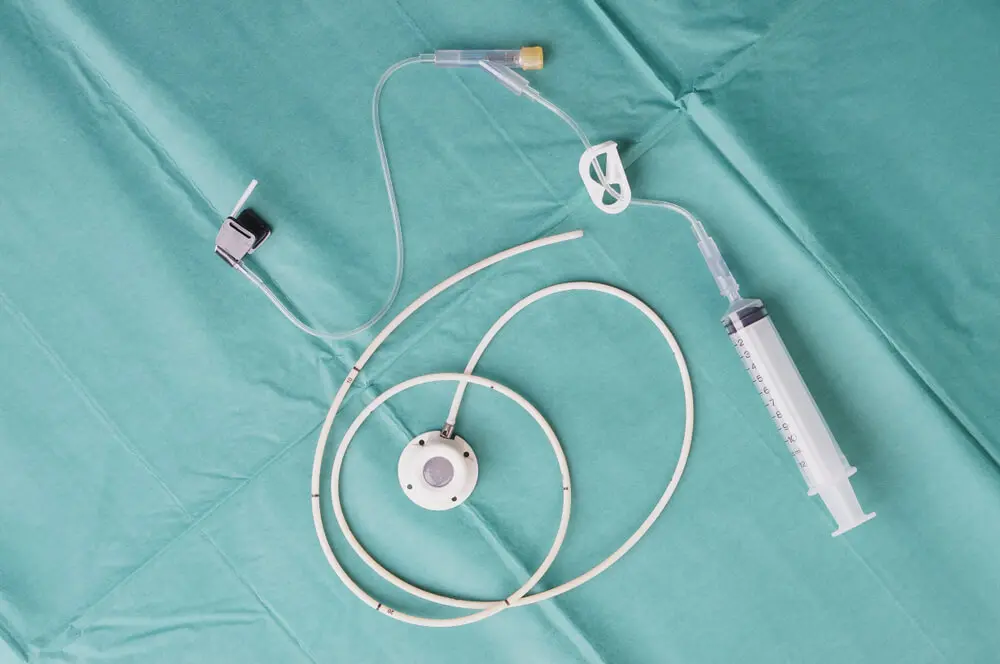









0 Comments